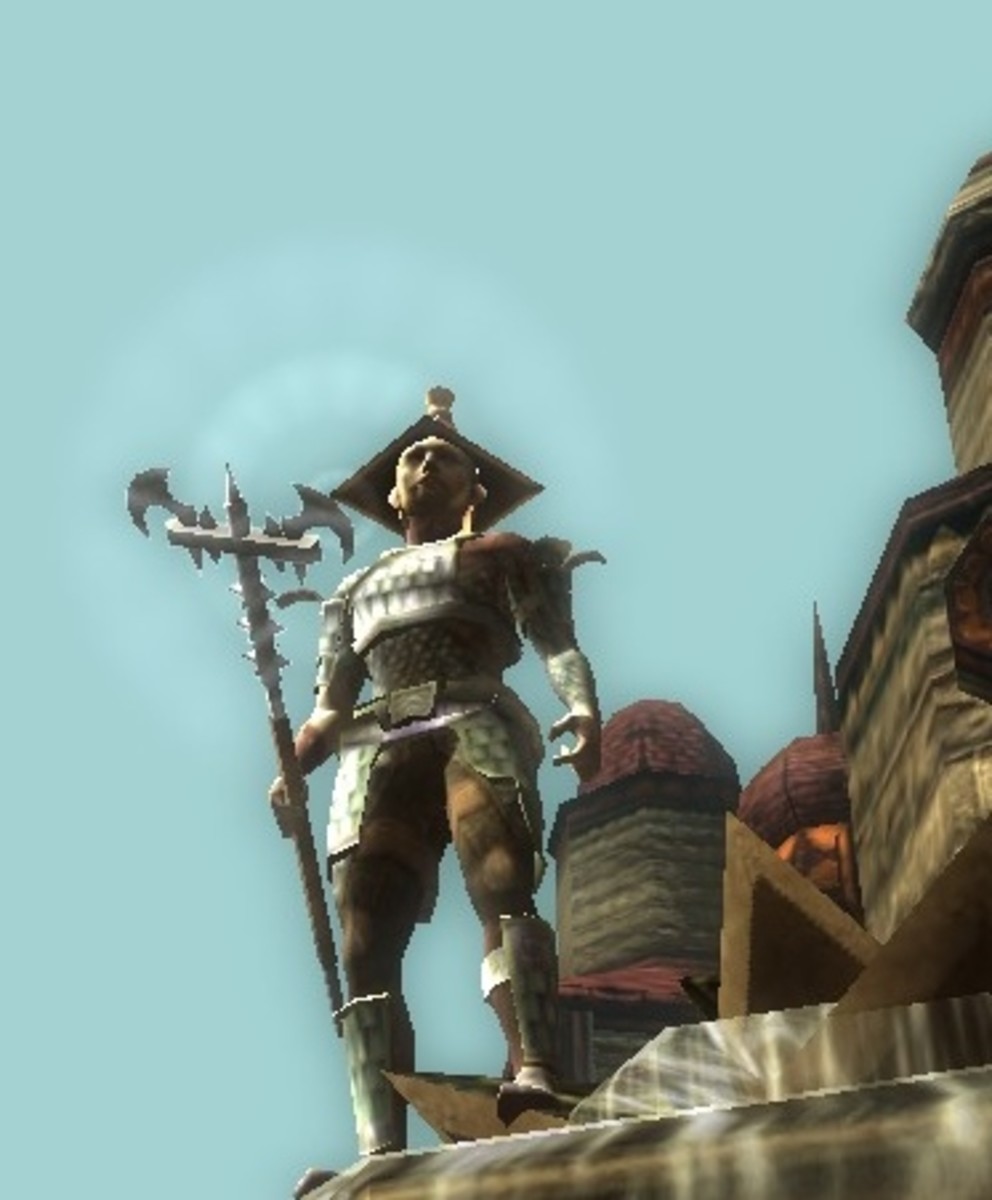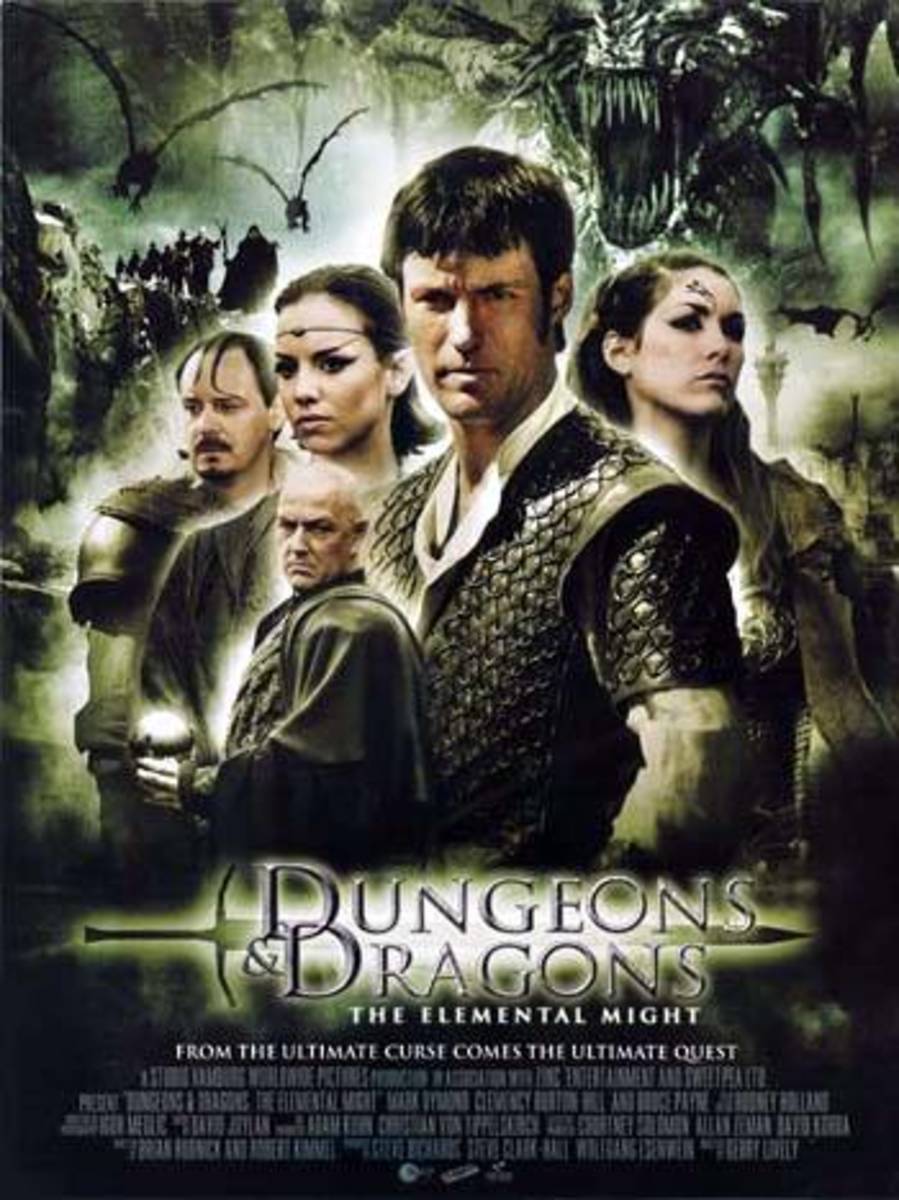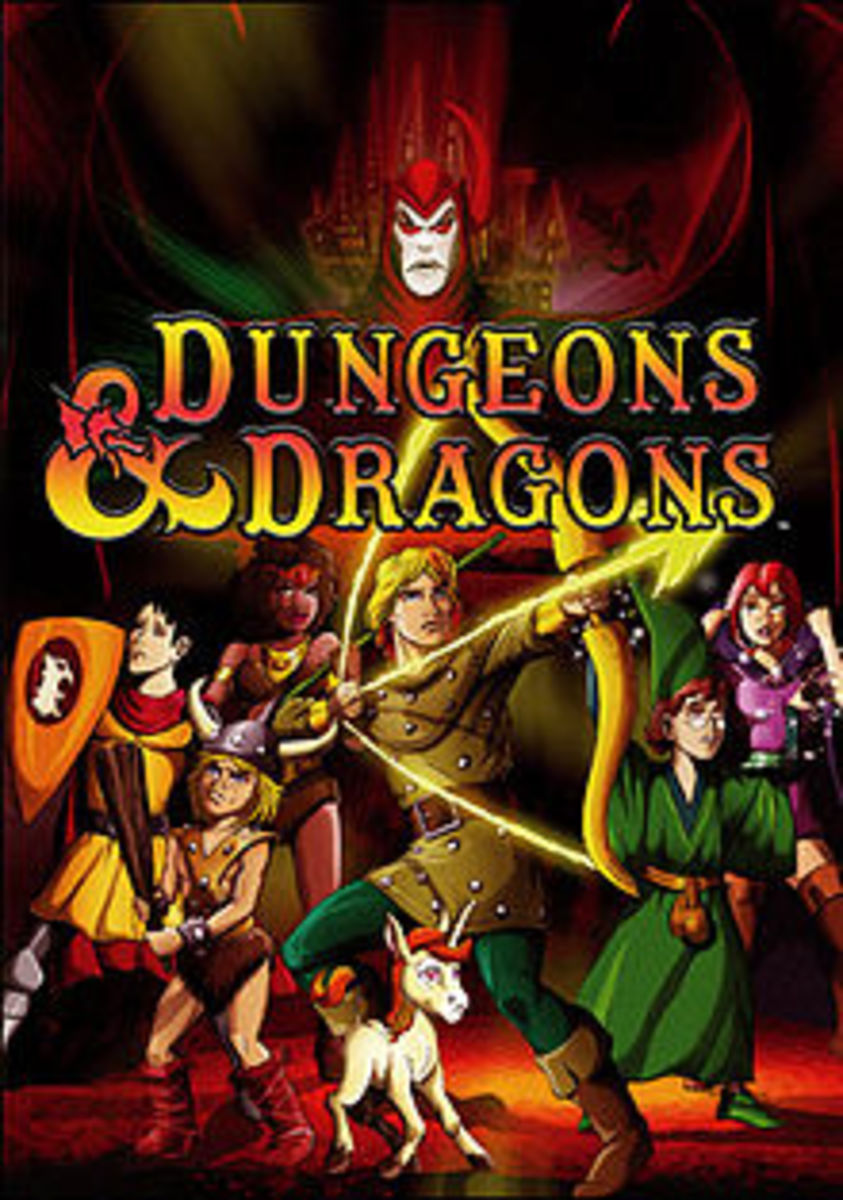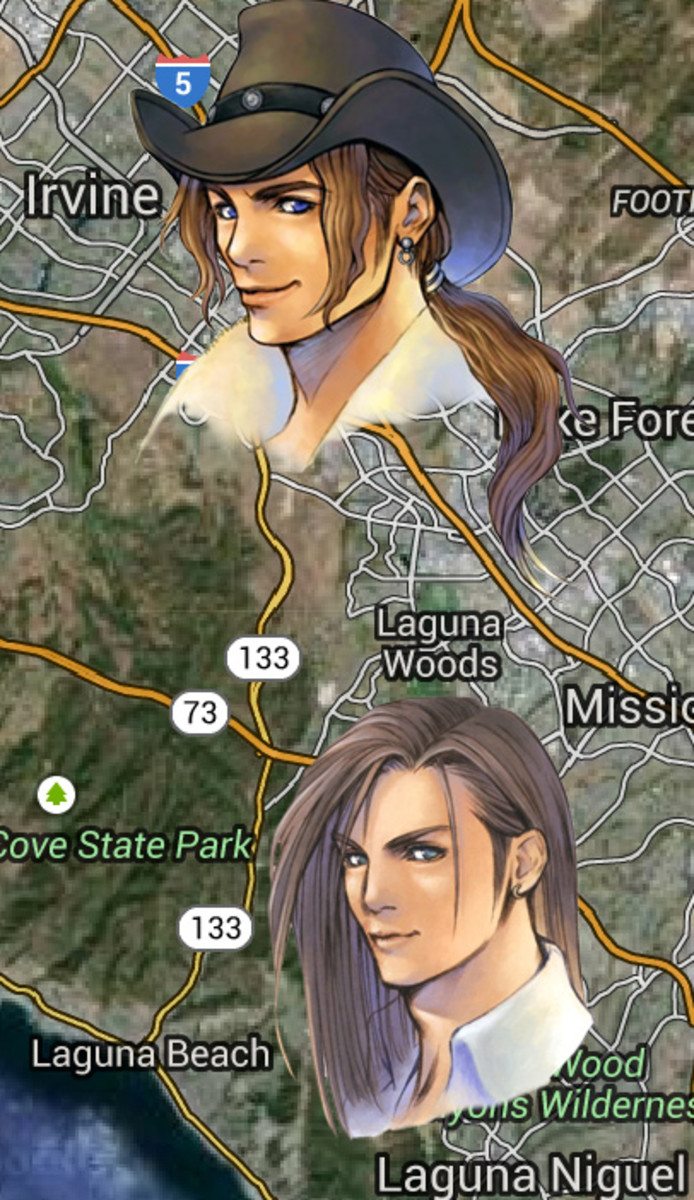The History of the Dungeons and Dragons Brand
Welcome
Since it was first published in 1974 Dungeons and Dragons has gone on to be the largest table top role playing game in the world. Dungeons and Dragons has been translated into over a dozen languages and is now played in over fifty countries around the world. It is believed that more than 20 million people around the world play, or have played Dungeons and Dragons. Considered the grand father of modern role playing Dungeons and Dragons is credited for the creation of an entire genre of gaming. Continue reading to learn more about the fascinating history of Dungeons and Dragons.
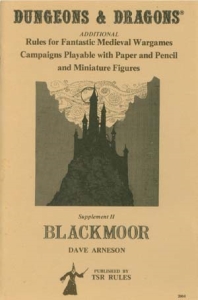

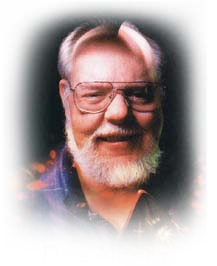
The Early Years
Dungeons and Dragons began life as a set of medieval miniature war game rules first written by Jeff Perren. Gary Gygax expanded upon these original rules by adding a fantasy supplement and then publishing the game under the name Chainmail. David Wesely had created a Napoleonic war game entitled the The Braunstein Game. The Braunstein Game was unique among war games a the time because players could take on roles other than that of a military commander. With these rules came the problem of conflict resolution when two players would engage in a duel and Wesely was forced to create rules on the spot. David Wesely considered the game to be chaotic and a failure but the players enjoyed playing the role of other characters and the ability to improvise actions on the spot. Wesely joined the military 1968. At this point a man named Dave Arenson took over refereeing The Braunstein Game, which was still being played an worked on. Arenson created a fantasy world for Braunstein based on The Lord of the Rings as well as other popular fantasy literature at the time. Arenson found that the rules published by Gygax in Chainmail worked well for conflict resolution for the fantasy version of Braunstein. Arenson changed the name from Braunstein to Blackmoor, and added thing such as character classes, experience points and a level system. Gygax and Arenson had worked together on other game projects and since he was using the Chainmail combat system Areson found it only natural to present his Blackmoor game to Gygax. The two began working on The Fantasy Game, which would later become known the world over as Dungeons and Dragons. The original Dungeons and Dragons, or OD&D as it is now know was published in 1974. OD&D was published very cheaply and the rules where written under the assumption that the reader was already familiar with war gaming. This left quite the barrier for entry for those who had never been involved in the war gaming hobby. Despite the poor quality and the steep learning curve Dungeons and Dragons grew in popularity. With over 1,000 copies sold the first year Gygax and Areson along with their company Tactical Studies Rules or TSR began to publish supplements for the game, these included the Blackmoor and Greyhawk campaign settings.


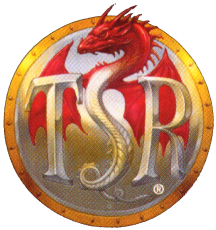
Tactical Studies Rules
Tactical Studies Rules, or TSR was formed in 1973 by Gary Gygax and Don Kaye with the goal of formally publishing the Dungeons and Dragons game. With only $2,400 TSR first published a set of miniature war game rules titled Cavaliers and Roundheads with the hopes that they would generate enough revenue from sales to cover the cost of publishing and distribution of Dungeons and Dragons. Not wanting to wait for the sale revenue of Cavaliers and Roundheads Brian Blume was recruited into the company to help fund the costs associated with the publishing of Dungeons and Dragons. The first print run of Dungeons and Dragons was completed in 1974. The game sold for $10 for the books and the special dice cost another $3.50. During that time TSR was also publishing various miniature war game rules. These war game rules met with moderate success but nothing compared to the sales of Dungeons and Dragons. In the beginning TSR sold it's product directly to the customer, mostly on college campuses. In 1975 TSR started attending trade shows as well as building a distributor base to distribute and sell Dungeons and Dragons for them. Don Kaye died of a heart attack in 1975 and his wife stepped in to take over his role in the company. By the time the summer of 1975 came around business was so big that Gygax came to work full time with TSR and Kaye's widow was relieved of her responsibilities. TSR Hobbies Inc. was formed that year as well. TSR Hobbies was originally created to market miniature war games rules. With the opening of the Dungeon hobby shop in Lake Geneva Wisconsin the headquarters of TSR was moved and all the assets of the TSR partnership where rolled into TSR Hobbies Inc. In 1976 TSR hosted the first ever Gen Con gaming convention. Gen Con was home to the first ever Dungeons and Dragons tournament. TSR gave rights to Games Workshop to publish Dungeons and Dragons for the UK market. Games Workshop began publishing their own variations of the Dungeons and Dragons materials in order to avoid the import cost of goods from the US. TSR attempted more than once to form a merger between them and Games Workshop, however no agreement was ever reached. Unable to reach an agreement TSR formed their own UK division in 1980 called TSR UK. With their own division printing and publishing for the Euro market the partnership with Games Workshop was terminated. By 1983 TSR was such a large company that it was split into four different companies. TSR Inc, TSR International, TSR Ventures and TSR Entertainment which sought to license the Dungeons and Dragons name for film and television. Gygax went to hollywood to found TSR Entertainment and get the Dungeons and Dragons name onto the big screen. These efforts did not amount to much, however it did lead to the airing of the short lived Dungeons and Dragons cartoon series. While he was away in California Gygax was unaware of the finacial troubles that TSR was facing. When the rumors reached him that the Blumes ( who owned the majority share) where trying to sell the company Gygax returned to Wisconsin to find the company in worse shape then he knew. Gygax requested the board of directors remove the Blumes under the accusation of misuse of corporate funds. The board removed the Blumes as requested however within a year TSR posted a net loss of $1.5 million. This caused the layoff of 75% of the staff of TSR and almost caused the closure of the company. The Blumes still held the majority in the company and in what many view as retaliation for their removal sold their shares to Lorraine Williams. This infuriated Gygax who attempted to stop the sale by questioning the legality. Unable to prove any illegal actions Gygax sold his share to Williams as well and formed his own gaming company. Williams was not a fan of the gaming industry but rather a traditional business woman. She felt that she was above gamers and made it so that no game playing could occur within the company. This caused many products to be printed that never received any quality assurance or play testing. As time went on Williams saw her company fall behind other gaming companies such as Wizards of the Coast and the once partner Games Workshop. By 1995 the collectible card game craze was in full swing and Wizards of the Coast lead the charge with their Magic:The Gathering card game. Seeing an opportunity to capitalize on the craze TSR published Dragon Dice, a collectible dice game based off Dungeons and Dragons. That year TSR decided to publish twelve hardcover novels based on their games instead of the traditional one or two. Dragon Dice sold well at first but was over printed in anticipation of larger sales volume. TSR posted over $40 million is sales in 1995, however the combination of over publication of both novels and the Dragon Dice game would spell the end. TSR had very little cash in reserve going into 1996 when returns of unsold merchandise began coming back to the company. Unable to pay for these returns Williams was forced to sell TSR to Wizards of the Coast in 1997 in order to pay it debts.
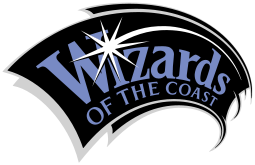
Wizards of the Coast
Wizards of the Coast or WotC was founded in 1990 by Peter Adkison. WotC focused on role playing game supplements and their own role playing games. In 1990 Richard Garfield had approached WotC about publishing the board game Robo Rally. The cost to publish was deamed to high at the time but WotC asked Garfield to come up with a concept for a game that was portable and quick. Garfield agreed and set to work on ManaClash. At the time WotC was entageld in a legal battle with Palladium Games over copyright law. To keep Garfield's new game out of this legal battle Peter Adkison formed a new company called simply Garfield Games. This allowed Richard to work on his game while avoiding any fallout for the Palladium WotC lawsuit. Once the lawsuit was settled Garfields game was sold back to WotC and Garfield Games was shut down. ManaClash had now become Magic:The Gathering and would go on to be one the best selling games of all times. In 1997 WotC bought TSR, the creator and owner of the Dungeons and Dragons brand for $25 million. WotC continued to use the TSR name for a few years after buying the company. The toy manufacturer Hasbro had had their eye on WotC as early as 1994 and finally in 1999 they came to an agreement. Hasbro bought WotC and all it's assets for approximately $325 million. In 2000 WotC released the third edition of Dungeons and Dragons. This was the first edition to drop both the TSR name as well as the separate advanced and standard versions of the game. 2003 saw the release of Dungeons and Dragons 3.5. Version 3.5 was not a total rewrite of the Dungeons and Dragons game but rather a revision of the 3rd edition. 2006 saw the release of the 4th edition of Dungeons and Dragons. While the 4th edition saw radical changes to the game system and was met with heavy criticism from long time players it is considered the official current version of the game.
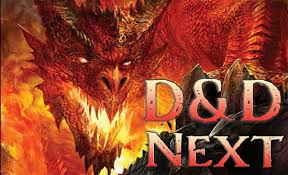
The Future of Dungeons and Dragons
WotC is currently working on a 5th edition of Dungeons and Dragons. With this new edition Wizards has made an effort to include the gaming community in its development. In 2012 WofC started the Dungeons and Dragons: Next project. With this project Dungeons and Dragons players can go to the Wizards of the Coast website and download PDF files containing the rules for D&D:Next. This is considered a beta play test and Wizards is looking for feedback from its community so a short registration process is required to access the rules files. As of this time no official release date for the 5th edition of Dungeons and Dragons has been announced. If you are interested in play testing the D&D:Next material you can go here and sign up. With the upcoming release of the 5th edition and the involvement of the community through the Next project you can be sure that Dungeons and Dragons will continue to be played for years to come.
Further Reading
If you are interested in learning more about the vast world of Dungeons and Dragons please click here. Also feel free to share this page on Facebook and comment below. Thanks for reading.


